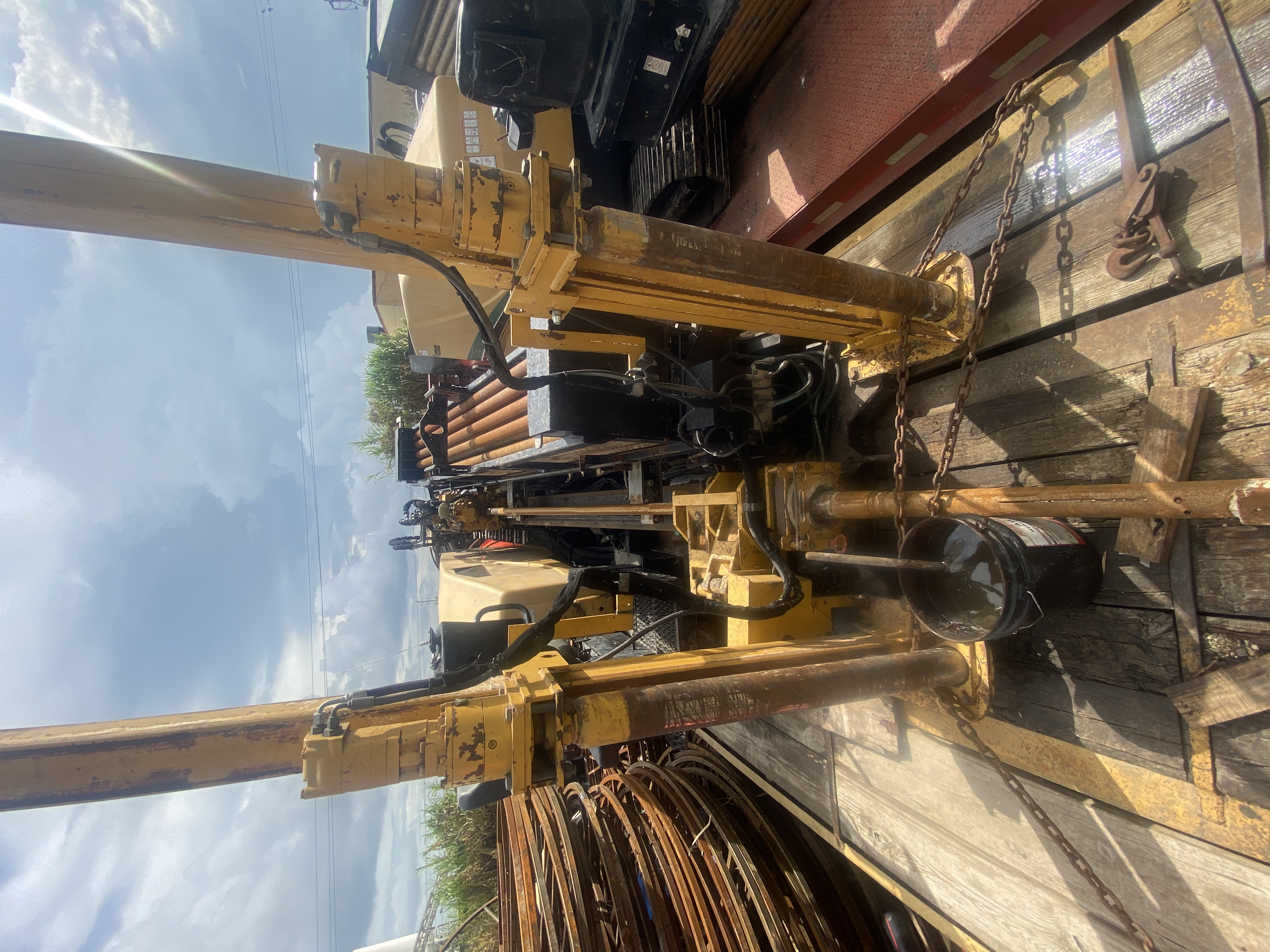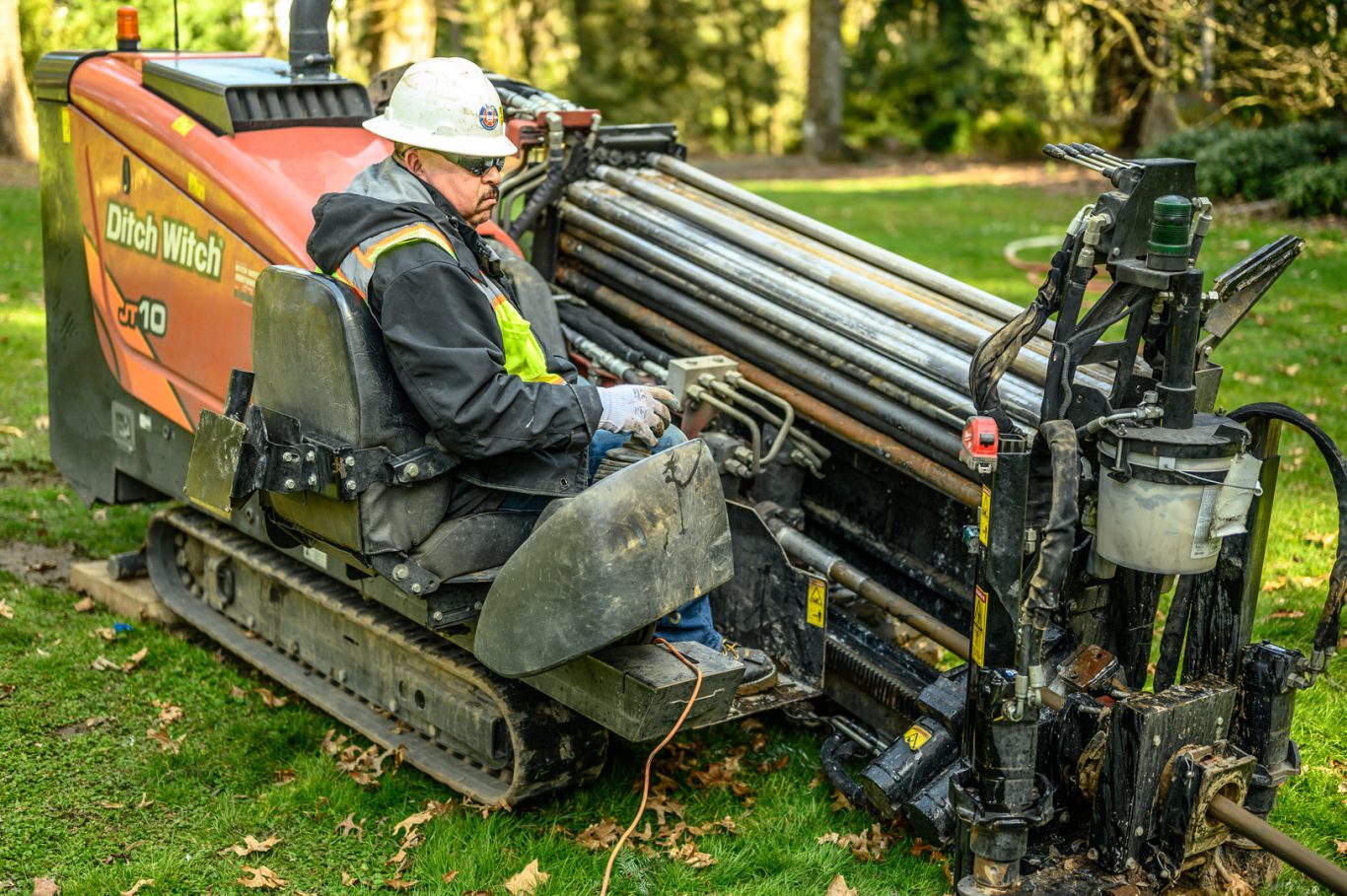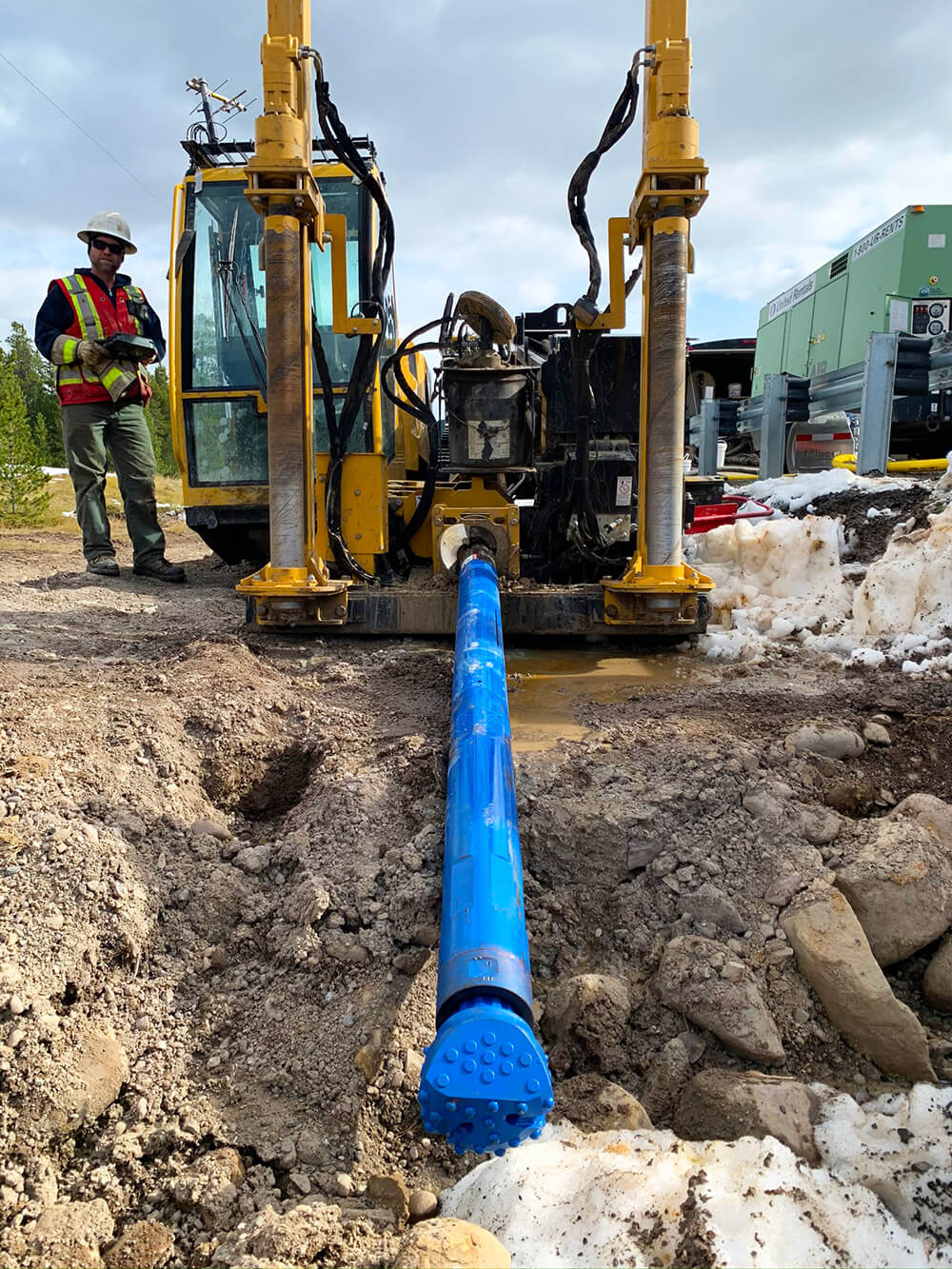


All South utilizes the state’s 811 locating service as well as private locating to ensure that boring operations will not disturb buried services. Locate Existing Utilities – It’s important to know where existing utilities may lie prior to beginning any boring or excavating operations.Using advanced technology for monitoring and reporting, we can accurately steer to target within budget. If you need to hit a specific target, Boart Longyear offers directional motors, steering tools, and pumps for directional drilling projects. Electromagnetic tools use electrical waves through the rock to the surface where it can be decoded.Īnother option is a third-party system such as Devico’s, which combines equipment in a unique approach that provides controlling and steering precision as well as opportunities for core collection. Mud pulse tools, located at the mud motor, are able to send pressure pulses up the string, via mud or other fluid, to the surface where they can be decoded. Survey/steering tools increase the accuracy of hitting a target, by using various types of signals to transmit data to the driller. While mud motors are more costly than wedges and require additional technical support, this technique saves costs in the long term through increased efficiency and production. It also calls for a better mud cleaning system, with the goal of keeping sludge and mud to below 2 percent. Used with full-hole wedges, a mud motor makes a continuous, smooth curve.ĭirectional drilling requires a bigger mud pump to handle the significant increase in pressure in the fluid system that drives the bit. Sharper angles can be achieved with a positive displacement mud motor in combination with wedges. Safety and environmental benefits can be realized as well by not moving drill rigs to new sites and drilling multiple surface holes.įor shorter hole corrections, wedges (window, full-hole and retrievable) are effective in steering the bit to the desired target zone. Directional drilling has a long history in the oil and gas industry and is increasingly being used in mining thanks to technological advances that have made steering tools more feasible for mining equipment.Ĭompared with traditional core drilling, directional drilling can provide greater mineral production from one hole and save significant time and costs.

This technique can help drillers overcome environmental challenges, including reaching a target zone under a bench or other geological feature that would be inaccessible with vertical drilling practices, or drilling into a deep mineral zone covered by rock that would make drilling multiple surface holes difficult and dangerous. For example, a typical project could involve drilling a 915-meter mother hole and, from that, three or four legs, each with different azimuth and inclination targets. More often, it is a pre-planned approach to reach a designated target, which can include one or several points off a main hole. It can be used to get back on course if drilling deviates from the desired path. Directional drilling is a technique that enables the drill bit to be directed toward a specified coordinate.


 0 kommentar(er)
0 kommentar(er)
